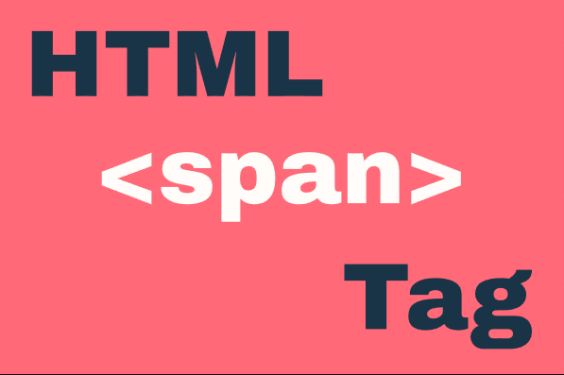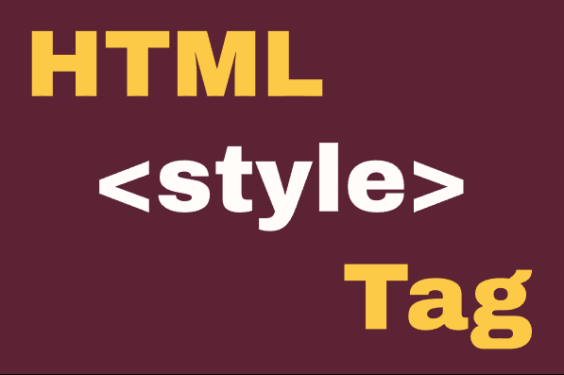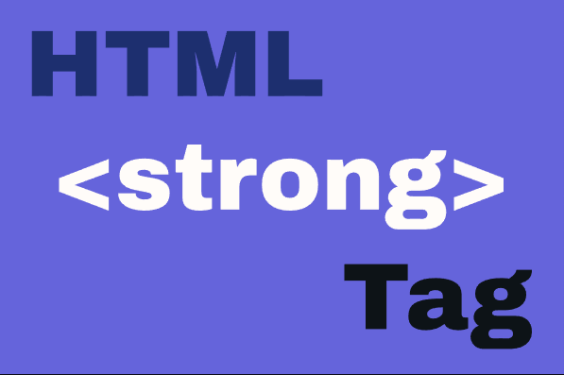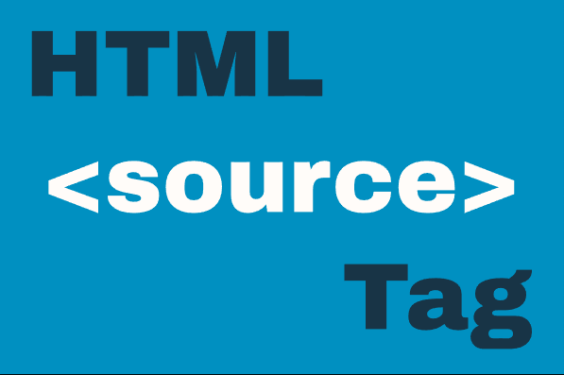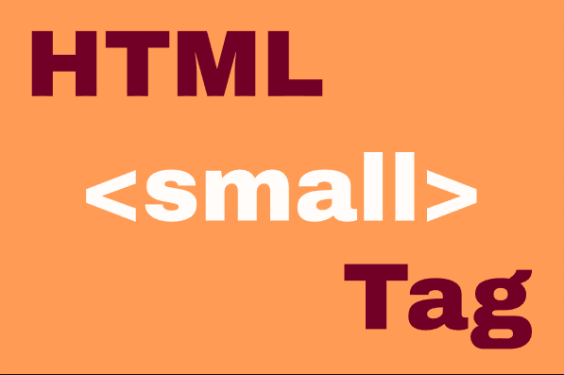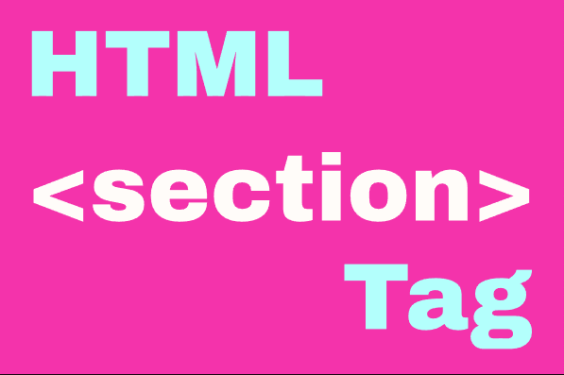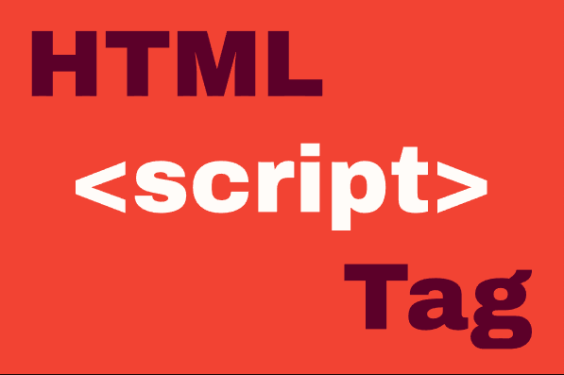HTML <span> Element
Publish in HTML Tutorial el 25/05/2025 16:29
The <span> element is an inline container used to mark up a part of a text or document. Unlike block-level elements, it doesn't start on a new line and only takes up as much width as necessary. It's most commonly used to:
- Style specific portions of text with CSS
- Manipulate text with JavaScript
- Group inline elements for styling
- Add hooks for testing frameworks
The <span> tag by itself doesn't provide any visual changes unless styled. It's a versatile tool that becomes powerful when combined with CSS or JavaScript.
Basic Syntax
Here's how a basic <span> element looks in HTML:
When rendered, it appears as normal text: This is text inside a span
Examples of <span> Usage
1. Basic Text Styling
This example shows how to style portions of text differently using <span> with CSS classes.
2. Multiple Spans with Different Styles
Demonstrating how multiple spans can be styled differently within the same text.
3. Span with JavaScript (Click Event)
This example shows how to use JavaScript with a span element to create interactive text.
4. Span for Dynamic Content Update
Using span to display dynamically updated content with JavaScript.
5. Span with Tooltip
Creating a simple tooltip effect using span with CSS.
Tips and Tricks
- Semantic Use: While <span> is useful, consider more semantic elements like <strong>, <em>, or <mark> when appropriate.
- Performance: Excessive use of spans can impact performance in very large documents.
- Accessibility: Add ARIA attributes when using spans for interactive elements to maintain accessibility.
- Testing: Spans are great for adding test IDs (like
data-testid) for automated testing. - Combination: Combine spans with CSS pseudo-elements (::before, ::after) for advanced styling.
Conclusion
The <span> element is a fundamental building block in HTML that provides flexibility for styling and scripting specific portions of content. While simple in concept, its applications are virtually limitless when combined with CSS and JavaScript. Remember to use it judiciously and always consider more semantic alternatives when they better describe your content's meaning.
